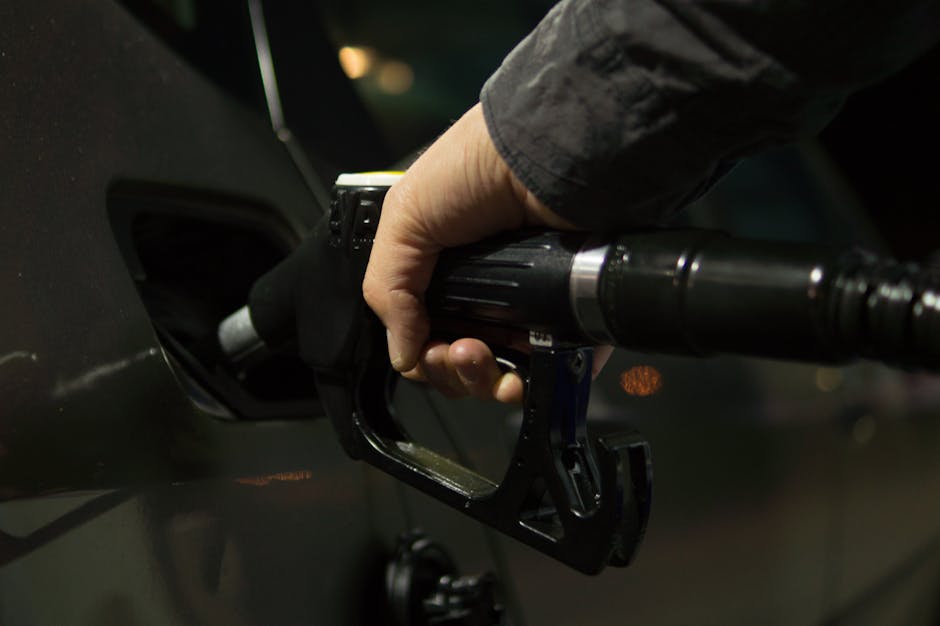Standard type
Fuel quality
Regulating Body
Ministry of Environment
Current Standard
10 ppm sulfur in diesel and gasoline
Applicability
New nonroad vehicles and equipment
Categories
History
The Clean Air Preservation Act grants authority to the Ministry of Environment (MOE) to set fuel quality standards in accordance with environmental goals in South Korea. In addition, the Petroleum and Petroleum Alternative Fuels Business Act gives authority for setting technical fuel properties under the Petroleum Product Quality Standards. Fuel quality standards are coordinated with the Korean Institute of Petroleum Management.
Technical Standards
Diesel
Selected specifications for diesel fuels (“diesel fuel oil”) in Korea are summarized below.
| Property | Automotive Diesel | Marine Diesel |
|---|---|---|
| Pour point, °C, max | Summer: 0.0 Winter: -17.5 |
Summer: 0.0 Winter:-12.5 |
| Flash point, °C, min | 40 | 40 |
| Kinematic viscosity @40°C, mm2/s | 1.9-5.5 | 1.9-6.0 |
| Distillation 90%, °C, max | 360 | 360 |
| Carbon residue on 10% residue, % m/m, max | 0.15 | 0.20 |
| Water & sediment, % v/v, max | 0.02 | 0.02 |
| Sulfur, max | 10 mg/kg | 1 % m/m |
| Ash, % m/m, max | 0.02 | 0.01 |
| Cetane number, min | 52a | 40 |
| Copper Strip Corrosion (100°C, 3h), max | 1 | 1 |
| CFPP, °C, max | -16b | – |
| Lubricity @60°C, HFRR WSD, µm, max | 400 | – |
| Density @15°C | 815-835 | – |
| Policyclic aromatic content, % m/m, max | 5 | – |
| Aromatic content, % m/m | 30 | – |
| FAME content, % v/v, max | 5 | – |
| a – 48 from November 15 to February 18 b – applicable only from November 15 to February 28 |
||
Gasoline
Existing gasoline grades in South Korea include RON 91 regular and RON 94 premium fuel. In early 2009, a sulfur limit of 10 ppm was implemented for gasoline, making South Korea’s gasoline among the cleanest in the world. In addition, South Korea has among the world’s most stringent limits on benzene and aromatics in gasoline, on par with Europe.
Selected specifications for gasoline fuels in Korea are summarized below.
| Specification Name | Standard | Test Method |
|---|---|---|
| RON, min | 91/94a | KS M 2039 |
| Sulphur, max (ppm) | 10 | KS M 2027 |
| Lead, max (g/l) | 0.013 | KS M 2402 |
| Benzene, max (vol.%) | 0.7 | ASTM D6296 |
| Aromatics, max (vol.%) | 24b | ASTM D1319 |
| Olefins, max (vol.%) | 18b | ASTM D1319 |
| RVP @ 37.8 C, max (kPa) | 60c | KS M ISO 3007 |
| Oxygen, min (wt.%) | 0.5(s) / 1(w) | KS M 2408 ASTM D4815 |
| Oxygen, max (wt.%) | 2.3 | |
| Methanol, max (vol.%) | 0.1 | |
| Distillation | ||
| *T10, max (C) | 70 | KS M ISO 3405 |
| *T50, max (C) | 125 | |
| *T90, max (C) | 170 | |
| *FBP, max (C) | 225 | |
| a. Two grades – Regular (91) and Premium (94) b. Either aromatics 24 vol.% max and olefins 16 vol.%, or aromatics 21 vol.% max and olefins 19 vol.% max. c. June – August – 60 kPa; October – March – 96 kPa </br> |
||
Links
Regulatory Documents
The Clean Air Conservation Act Enforcement Rules (대기환경보전법 시행규칙) are currently only available in Korean. This document includes specific information for fuel specifications. They can be found on South Korea’s Atmospheric Preservation Standards page (in Korean).
Regulatory agencies

